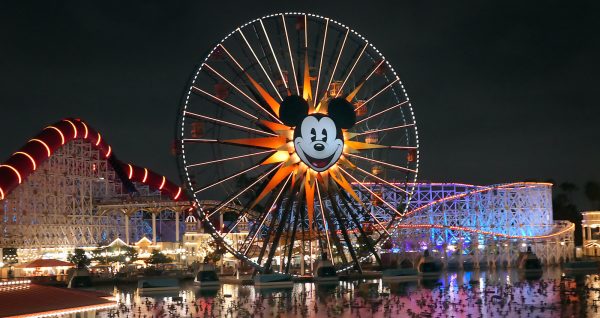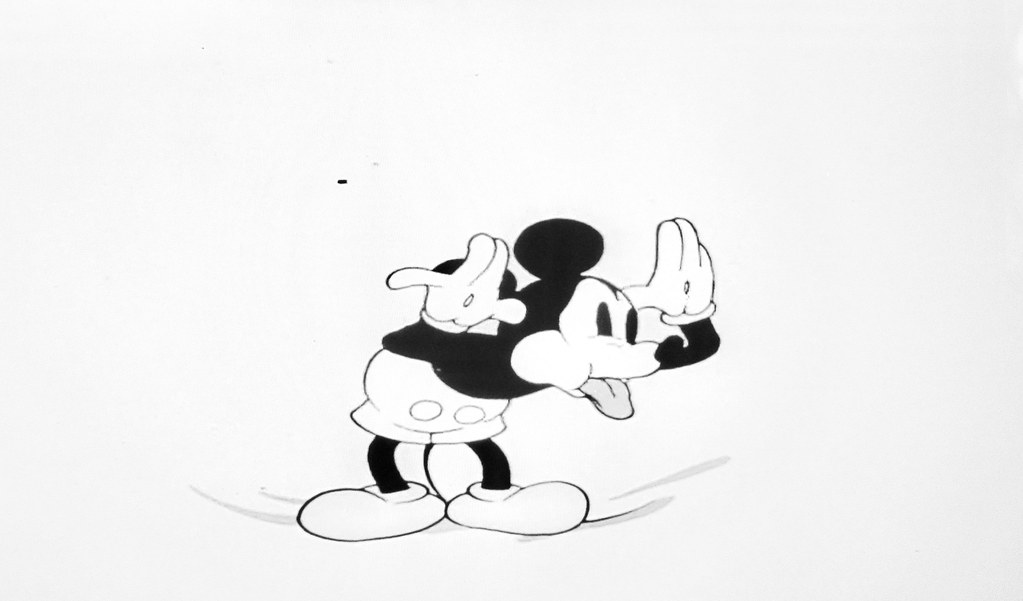On Monday, October 16, the Walt Disney Company celebrated a historical centennial anniversary. Over the last century, Disney has been one of the most successful and influential companies in the world, with its iconic stories, adventurous theme parks, and magical moments. Its appeal has transcended to be more than just a children’s company, being reputable and cherished from people of all ages worldwide.
Early Years
The journey of Disney all began in Los Angeles on October 16, 1923. According to NPR, on that date, Walt Disney, the founder of the company, signed a contract with Margaret Winkler, a cartoon distributor and film producer from New York. At the time, Winkler had recently produced her first cartoon, Felix the Cat, which became a global success. On the other hand, Walt Disney was a struggling cartoonist, with his films almost facing bankruptcy.
However, Winkler believed in Disney’s potential and signed a contract with him––roughly four pages––which held the signatures of Walt Disney, Winkler, Winkler’s future husband Mintz, and Walt’s uncle, Robert. The deal would lead Winkler and Disney to produce their first film: the 12 episodes of Alice Comedies. Disney considered this contract as the “founding document of the Walt Disney Company.”
In the early years of the company, Walt and his brother Roy Disney named their company the Disney Brothers Cartoon Studio, soon changed to the well-known Walt Disney Studio. Soon thereafter, in 1928, the renowned Mickey Mouse character was born in two silent cartoons: Plane Crazy and Gallopin’ Gaucho. Mickey Mouse later made its first appearance in the short film “Steamboat Willie,” the world’s first animated sound cartoon, on November 18, 1928, according to D23.
Disney’s Growth
Throughout the next few decades, the Walt Disney Company gradually grew in scope, marking longer and more detailed films, and partnering with many distribution companies to gain reputation in the film industry. For example, Snow White and the Seven Dwarfs (1937) was released as Disney’s first animated film played in cinemas, while Treasure Island (1950) became Disney’s first live-action film to be premiered.
With its stupendous growth, Disney realized his company’s worth and began making innovative changes. By this time, Disney figured that his company could now handle releases of their own productions, and in 1953, Disney’s own distribution company, Buena Vista, was founded. The following year, Disney began hosting a television series called Disneyland, hoping it would help them promote and get funds to open a new theme park in California, which they would also call Disneyland. In 1955, the “Disneyland” theme park opened in Anaheim, California, marking the first of the numerous theme parks from Disney that exist today.
Everything was running smoothly until the shocking news of Walt Disney’s death hit on December 15, 1966. His death was critical, as the company now faced the consequences without a strong, creative leader. During the early 1970s and early 1980s, Disney faced multiple failures and financial setbacks in a period now known as the “Dark Ages” of Disney. One of the most prominent successes during this time period was The Jungle Book (1967) film. However, many other films such as Pete’s Dragon (1977) and The Fox and the Hound (1981) produced underwhelming results.
Meanwhile, as the company began more profitable theme parks, such as the 1971 opening of Disney World in Orlando, the company began a shift from focusing their works mostly on children to more teen-oriented sci-fi movies. Ironically, Disney turned down the offer to produce the thriving Star Wars (1977) film, but eventually made a similar space-themed film in 1979, The Black Hole, according to TIME.

Throughout the 1980s, Disney became once again prosperous as it opened more theme parks, including the EPCOT in Florida, and Tokyo Disneyland in Japan. In 1983, Disney launched its subscription-based Disney Channel through cable television, and its animations were evolving faster than ever before. In the 1990s, Disney began experimenting with new creative features, such as musical storytelling. These features were preeminent in films such as The Little Mermaid (1989), Beauty and the Beast (1991), Aladdin (1992), and The Lion King (1994), which later became worldwide classics.
Disney’s Influence
To this day, the Walt Disney Company is adored all around the world for its ingenious films, magical characters, theme parks around the world, and so much more. From what merely began with a four-page contract between two growing film producers, the company has thrived through decades with a plethora of film productions and exciting releases.
Walt Disney once said, “If you can dream it, you can do it.” Staying true to his words, Disney’s endless striving to achieve his dream has made the Walt Disney Company much of what it is today.

















































































































































